Among various construction fasteners, staples hold a special place due to their two leg shape that has better holding strength than nails yet are much quicker to drive than screws. Most heavy duty staplers are pneumatic, while the light duty stapler has remained a manual tool in the past. For installing housewrap and vapor barriers, many opt for the hammer tacker variation, which is still the main choice by many even when cordless electric staplers are on the market.
However in many cases more precision is required, and since a slamming motion is inherently hard to control, an easy to use, place and fire trigger style stapler is more welcomed when performing delicate work. Introducing the Milwaukee 2447-20:

Spec
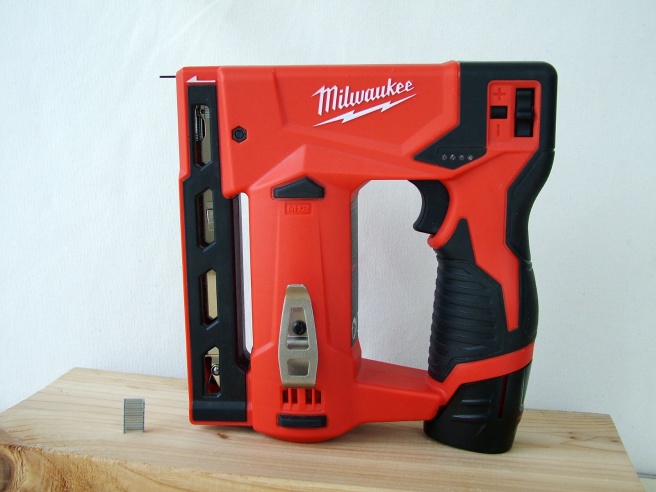
- Staple Type: 3/8″ Crown Stapler
- Staple Lengths: 1/4” – 9/16”
- Baretool Weight: 3.0 lbs
Using the same fastener size as any manual stapler, this stapler is great for one handed operation, especially on vertical surfaces. The extra weight won’t bother much, when using bump fire mode this can be an advantage, kind of analogous to using a heavier hammer.

A small 1.5-3 AH M12 battery is preferred as it maintains the compact shape of the overall tool.
Features
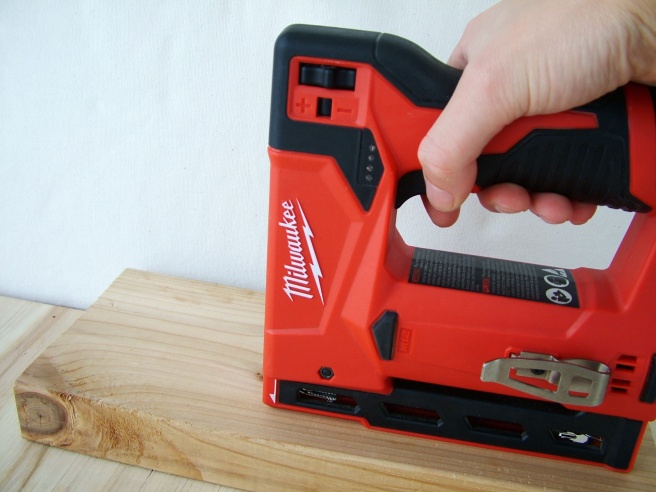
Sequential & Bump Fire Mode:
What really sets this apart from manual staplers is its bump firing capability, which allows you to fire staples continuously by holding down the trigger and “bumping” the tool’s tip against the work surface, also known as contact actuation.

Adjustable Power:
Fastener depth can be very precisely controlled via the power adjustment dial. Although this may be helpful when stapling through very delicate material, for most common surfaces like softwood & plywood I put it at peak power. I found that by varying the amount of pressure exerted on the tool when firing the staple depth can change accordingly, from being flush to countersunk.

However this stapler doesn’t actually have the ability to sink staples deep as some heavy duty air staplers can. The best result you can get is the staple flush with the surface, which is what you want most of the time. The fire rate is pretty fast when bump firing, though there is a delay of 1 second when using it in sequential mode.
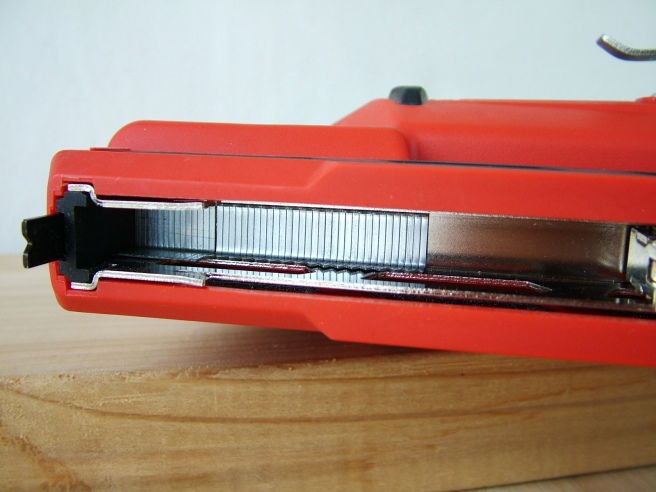
Dry Fire Lockout:
Slightly damaging the surface is not usually a concern when using a stapler but can be annoying. e.g leave a hole on your housewrap, compromising air tightness (I’m chase after holes with tuck tape). This mechanism prevents the tool from firing when there aren’t any staples left in the magazine. Besides that you can easily get a clear view of how much staple’s left in there

Comparison
To be honest there isn’t any battery operated stapler on the market that can compare with this tool at this point, it’s rather an unique tool exclusive to Milwaukee.
One thing that comes close is the DEWALT DCN681 18 GA Cordless Narrow Crown Stapler.
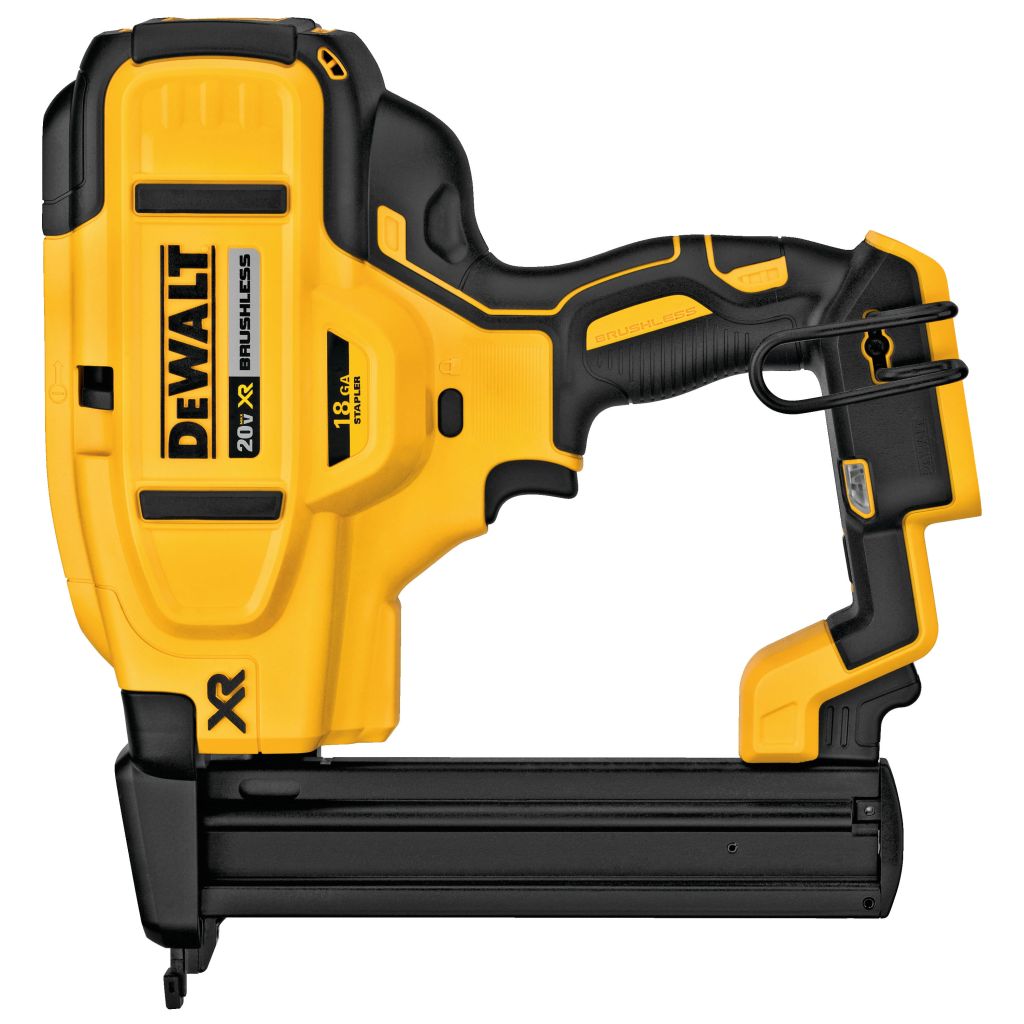
The distinction between them is that the DEWALT stapler uses 18 Gauge 1/4 in. (JT21 by Arrow) narrow crown staples instead of the more popular 3/8″ (10mm) T50 staples.
Also, I’m pretty sure the DEWALT stapler has more power based on reviews I read by others as well as my own experience with the very similar DCN680 18 Gauge Brad Nailer, which I’ll cover in another review.
Price wise the Milwaukee is much cheaper, if all you need is convenient electric stapler that can handle light duty tasks then the 2447-20 is your best bet for now, especially if you already own the M12 system. Buying the kit 2447-21 may be a better choice if you haven’t hopped on the red tool platform.
Let me know if you have any questions regarding tool operation, I’d be happy to answer. Consider subscribing below as a way of supporting my blog, thank you!
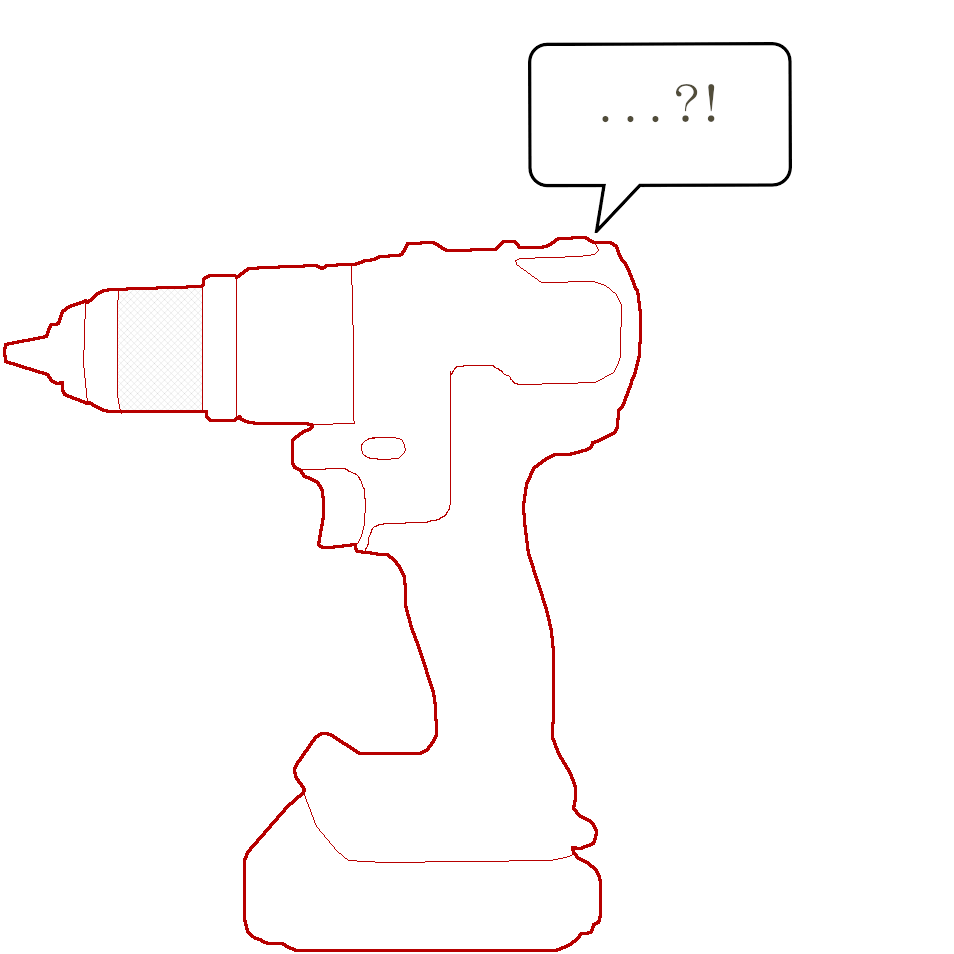
Nice article, appreciate the pictures and explanations!
LikeLike